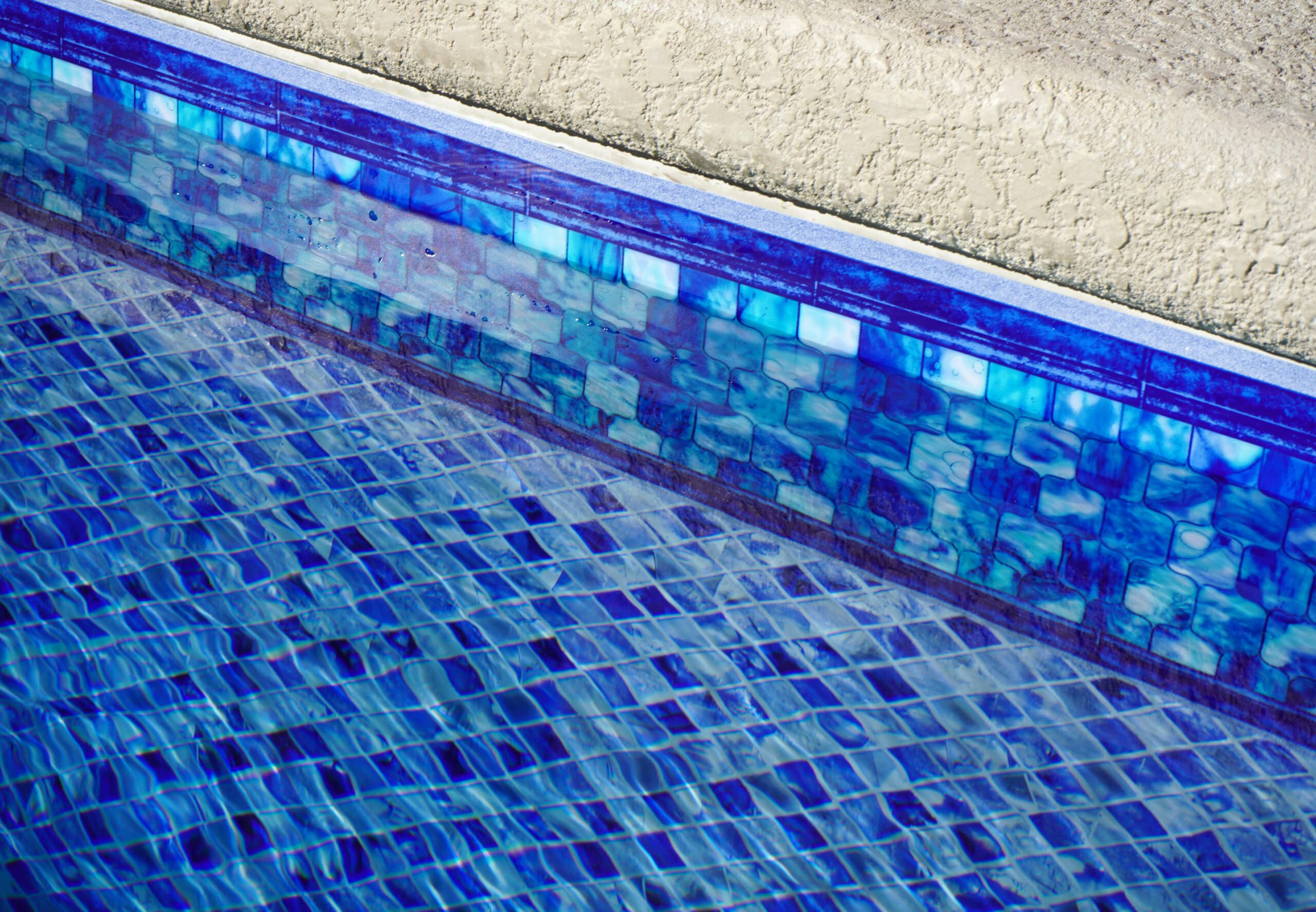Maintaining proper pool water chemistry is essential for a safe and enjoyable swimming experience. Whether you’re a new pool owner or looking to refresh your knowledge, this beginner’s guide will help you grasp the fundamentals of pool water chemistry.
Balancing pH Levels
The pH level of pool water measures its acidity or alkalinity. Aim for a pH level between 7.4 and 7.6, slightly on the alkaline side. Proper pH balance ensures swimmer comfort, prevents equipment corrosion, and maximizes the effectiveness of chlorine.
Chlorine for Sanitization
Chlorine is a crucial element in pool water that effectively sanitizes and disinfects. Regularly test and maintain chlorine levels between 1.0 and 3.0 parts per million (ppm). This helps prevent the growth of harmful bacteria and algae, keeping your pool water clean and safe.
Total Alkalinity Stability
Total alkalinity acts as a buffer for pH fluctuations, contributing to water stability. Maintain total alkalinity levels between 80 and 120 ppm. Stable total alkalinity supports pH balance, prevents corrosion, and ensures optimal sanitizer effectiveness.
Calcium Hardness for Equipment Protection
Calcium hardness measures the concentration of dissolved calcium in the water. Aim for levels between 200 and 400 ppm to prevent issues like corrosion or scale formation. Proper calcium hardness contributes to equipment longevity and protects pool surfaces.
Shock Treatment for Periodic Cleansing
Periodic shock treatments are essential to break down organic contaminants and restore water clarity. Use pool shock according to the manufacturer’s instructions, and consider shocking after heavy pool usage, severe weather, or if water appears cloudy.
Regular Water Testing
Frequent water testing is key to maintaining proper pool chemistry. Use a reliable water testing kit to measure pH, chlorine, total alkalinity, calcium hardness, and other essential parameters. Regular testing allows for proactive adjustments, ensuring a consistently healthy swimming environment.
Stabilizer Levels for Sun Protection
Pool stabilizer (cyanuric acid) protects chlorine from degradation due to sunlight exposure. Maintain stabilizer levels between 30 and 50 ppm to enhance the longevity of chlorine in the pool water. This ensures effective sanitization even under direct sunlight.
Understanding and managing pool water chemistry is fundamental for a clean, safe, and enjoyable swimming experience. By balancing pH levels, maintaining appropriate chlorine, total alkalinity, calcium hardness, and stabilizer levels, and incorporating regular water testing and shock treatments, you’ll keep your pool water in optimal condition for all your aquatic activities.

